If your pet is experiencing a medical emergency or you need immediate assistance, please call us at (480) 945-8484.
Recommended Package Includes: Basic chemistry/CBC blood profile, pre-anesthetic evaluation, anesthesia, ultrasonic scaling, oral charting, dental probe, low speed polish, fluoride treatment, IV fluids, antibiotic injection, pain injection, advanced dental imaging.
If tooth extractions are required and anesthesia is induced: $100.97 additional (price does NOT include extraction or medication cost)
Includes: Sedation, ultrasonic scaling, oral charting, dental probe, low speed polish, fluoride treatment, SQ fluids, antibiotic injection, and dental x-rays.
*If your pet is over the age of 6 years or older, it is required that a blood profile be performed & an IV catheter be placed to deliver IV fluids. The additional charge is $95.

We recommend having your pet’s teeth cleaned before they require extractions. Performing dental cleanings while they have low grades of tartar and periodontal disease has many benefits. Benefits include: Lower cost to you, decreased stress to your pet and more options for the type of dental performed. An animal that has a Grade I periodontal disease has the option of undergoing a conscious sedation dental or a traditional dental. However, an animal with Grade III periodontal disease only has the option of a traditional dental with anesthesia.
During the examination, if your dog or cat is found to have severe dental disease, a Doctor will need to assess your pet and may need to prescribe antibiotics. If this is required, a Doctor’s examination fee ($120) will be applied, and the appointment may need to be rescheduled based on the Doctor’s availability.
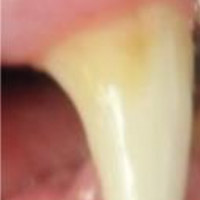
Mild plaque present, no tartar
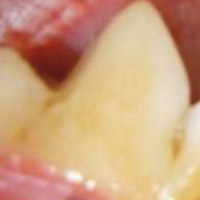
Moderate plaque, tartar cover <50% of tooth
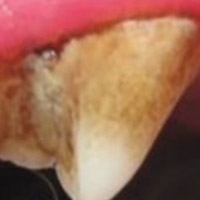
Moderate tartar that covers 50-80% of tooth
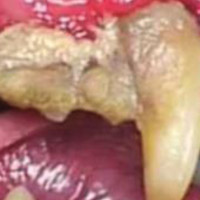
Severe tartar that covers 80-100% of tooth
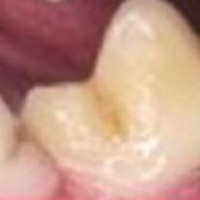
Normal, some plaque, no bone loss
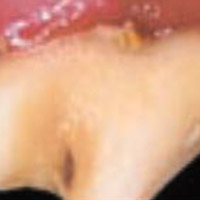
Mild gingivitis/red line, no bone loss, reversible changes
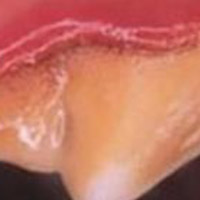
Moderate gingivitis, <25% bone loss, swollen gums, odor noticeable

Severe gingivitis >25% bone loss, gingival recession, sore mouth
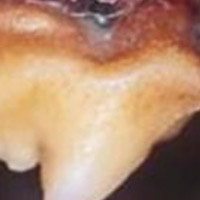
Severe gingivitis, >50% bone loss, severe recession, loose teeth
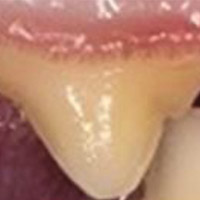
Mild plaque present, no tartar
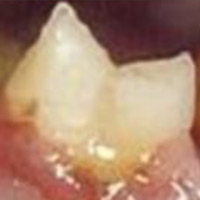
Moderate plaque, tartar cover <50% of tooth
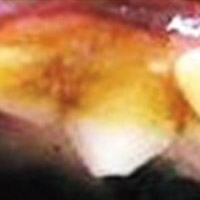
Moderate tartar that covers 50-80% of tooth
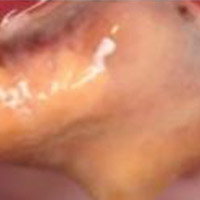
Severe tartar that covers 80-100% of tooth
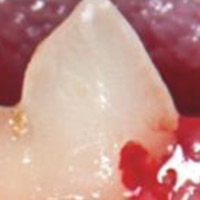
“Cat Cavities” these lesions predispose the tooth to infection

Normal, some plaque, no bone loss

Mild gingivitis/red line, no bone loss, reversible changes

Moderate gingivitis, <25% bone loss, swollen gums, odor noticeable
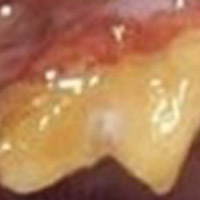
Severe gingivitis >25% bone loss, gingival recession, sore mouth
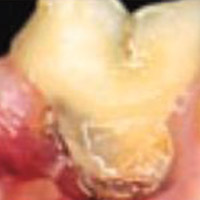
Severe gingivitis, >50% bone loss, severe recession, loose teeth
Open 24 hours everyday to better serve you and your pet.
Found an orphaned, injured or sick wild animal?
This is a list of rescues that we support and help.
Several dog-friendly parks and restaurants in the area.
If you are in need of a payment plan or financial assistance with your pet’s medical care you may contact some of the following resources for assistance. We offer payments plans with no interest financing for 6 months through Care Credit.